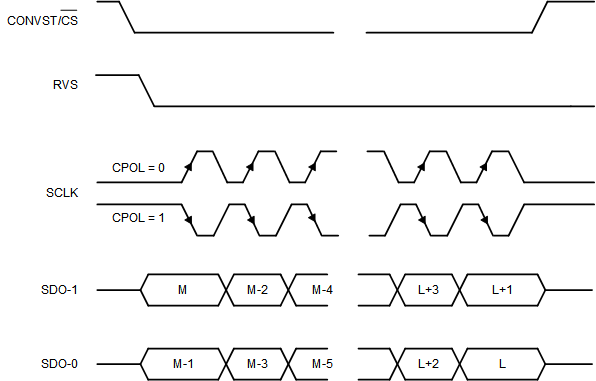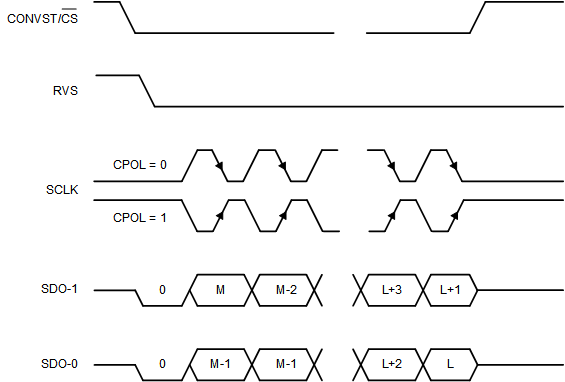SBASAY5 June 2024 ADS8681W
PRODUCTION DATA
- 1
- 1 Features
- 2 Applications
- 3 Description
- 4 Pin Configuration and Functions
- 5 Specifications
-
6 Detailed Description
- 6.1 Overview
- 6.2 Functional Block Diagram
- 6.3 Feature Description
- 6.4 Device Functional Modes
- 6.5 Programming
-
7 Register Maps
- 7.1
Device Configuration and Register Maps
- 7.1.1 DEVICE_ID_REG Register (address = 00h)
- 7.1.2 RST_PWRCTL_REG Register (address = 04h)
- 7.1.3 SDI_CTL_REG Register (address = 08h)
- 7.1.4 SDO_CTL_REG Register (address = 0Ch)
- 7.1.5 DATAOUT_CTL_REG Register (address = 10h)
- 7.1.6 RANGE_SEL_REG Register (address = 14h)
- 7.1.7 ALARM_REG Register (address = 20h)
- 7.1.8 ALARM_H_TH_REG Register (address = 24h)
- 7.1.9 ALARM_L_TH_REG Register (address = 28h)
- 7.1
Device Configuration and Register Maps
- 8 Application and Implementation
- 9 Device and Documentation Support
- 10Revision History
- 11Mechanical, Packaging, and Orderable Information
Package Options
Mechanical Data (Package|Pins)
- RUM|16
Thermal pad, mechanical data (Package|Pins)
- RUM|16
Orderable Information
6.5.4.2.2 Legacy, SPI-Compatible (SYS-xy-S) Protocols With Dual SDO-x
Optionally, the device increases the SDO-x bus width from one bit to two bits (dual SDO-x) when operating with any data transfer protocol. The default bus width is one bit (single SDO-x). To operate the device in dual SDO mode, set the SDO1_CONFIG[1:0] bits in the SDO_CTL_REG register to 11b. In this mode, the ALARM/SDO-1/GPO pin functions as SDO-1.
In dual SDO mode, two bits of data are launched on the two SDO-x pins (SDO-0 and SDO-1) on every SCLK launch edge. Figure 6-16 and Figure 6-31 show timing diagrams for dual SDO mode.
 Figure 6-30 Standard SPI Timing Protocol
Figure 6-30 Standard SPI Timing Protocol(CPHA = 0, Dual SDO-x)
 Figure 6-31 Standard SPI Timing Protocol
Figure 6-31 Standard SPI Timing Protocol(CPHA = 1, Dual SDO-x)
For any particular SPI protocol, the device follows the same timing specifications for single and dual SDO modes. The only difference is that the device requires half as many SCLK cycles to output the same number of bits when in single SDO mode. Thus, the minimum required SCLK frequency is reduced for a certain sampling rate of the ADC.